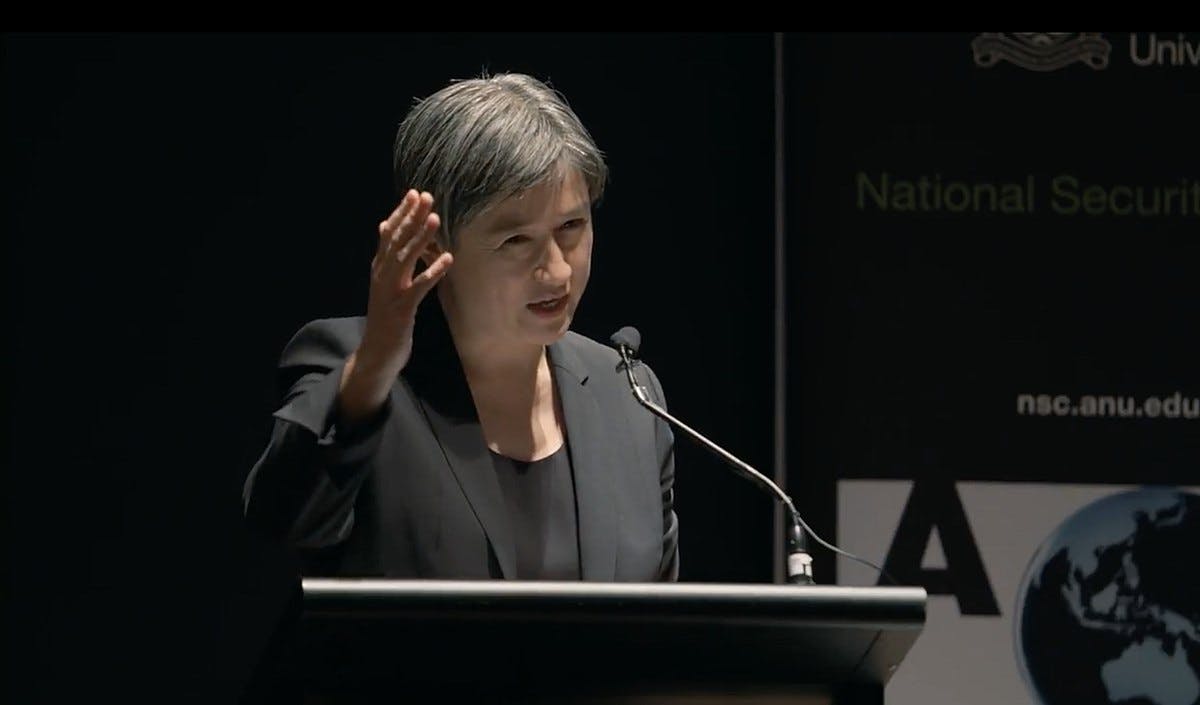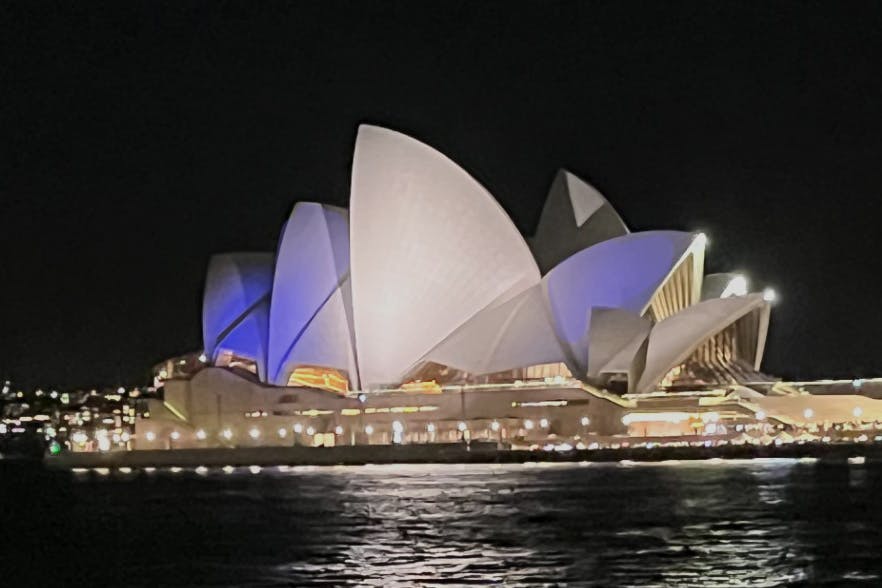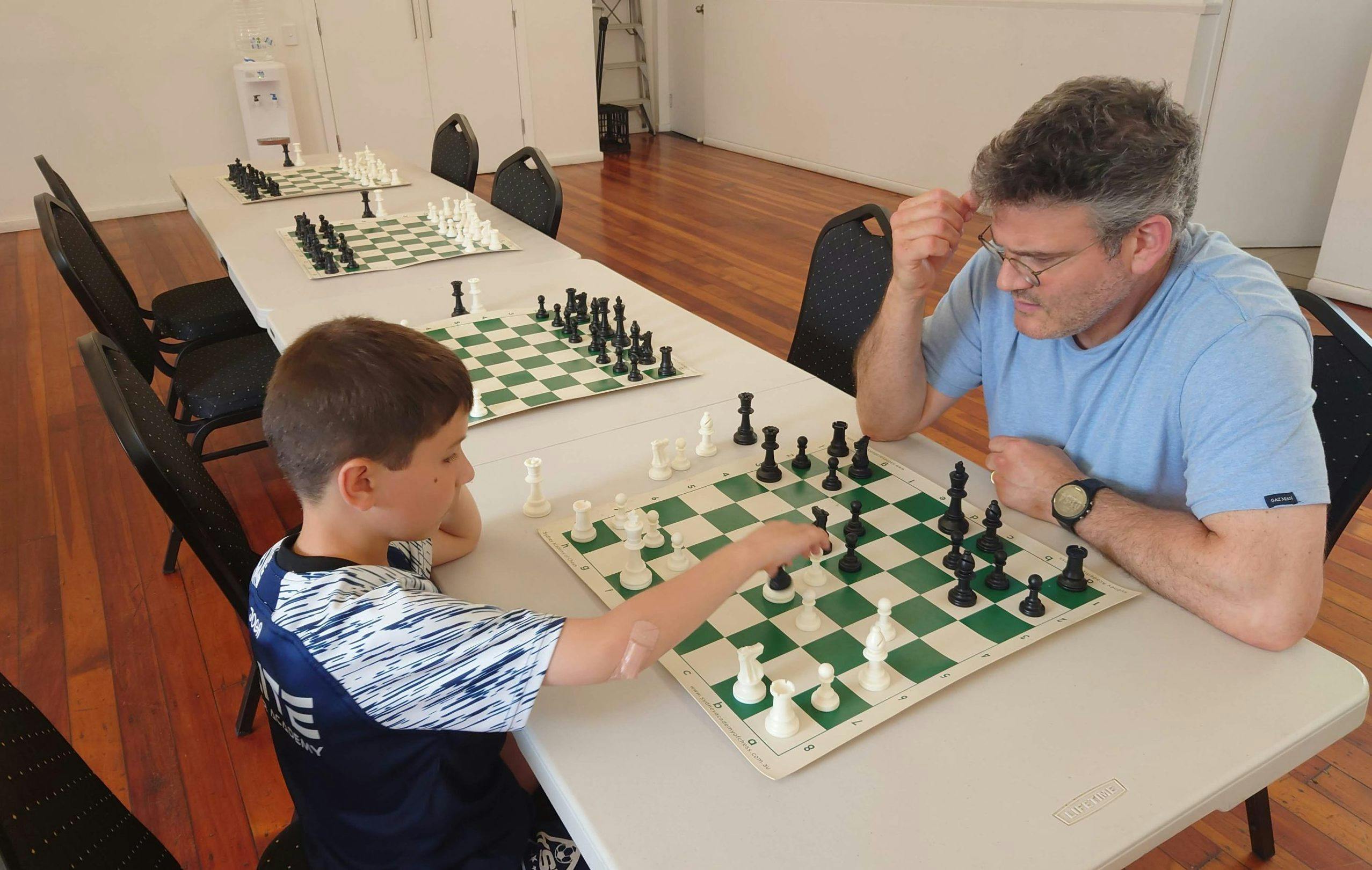Published: 1 July 2022
Last updated: 5 March 2024
The percentage of Australians identifying as Jewish has increased by 9.8%, one of largest intercensal increases since the 1950s, according to figures released this week. ANDREW MARKUS analyses this week’s census release
The Australia census provides an invaluable statistical resource for understanding changes within the Jewish community, of importance for communal planning. The wealth of data informs understanding of age structure, immigration, education, occupations, income, residential location, marriage, health and disability.
There is, however, one major difficulty with the identification of Jews. The key census identifier is a religion question, which asks ‘What is the person’s religion?’ After the first option, which is ‘no religion’, the numerically largest nine faith groups in Australia are listed, followed by an open box for specification of an ‘other’. Given the relatively small number of the Jews in the total Australian population (one in 250), Judaism is not a listed option and must be specified. Those completing the question are instructed:
- Answering this question in OPTIONAL
- Examples of ‘Other’: LUTHERAN, SALVATION ARMY, JUDAISM, TAOISM, ATHEISM
Hence the problem of interpreting census data: identity is in terms of religion, with no direct enumeration of secular identity, and there is prominent notice that an answer is not required.
In 2021, in Caulfield North, the area of largest Jewish population in Melbourne, the religion question was not answered by 7%, a further 29% indicated ‘no religion’, while 42% identified as Jewish; in the Sydney area of Dover Heights 6% did not answer, 24% indicated ‘no religion’, 41% Jewish.
To locate Jews in the ‘not stated’ and ‘no religion’ responses requires much detective work. We can count those who indicated that while not Jewish by faith, they speak Hebrew or Yiddish in the home. There is also a question on ethnicity.
Fortunately, we have demographers of outstanding ability, notably Dr David Graham in Sydney and Dr Emmanuel Gruzman in Melbourne.
Following the complete release of the 2016 census data and after several months of analysis, the best estimate of the Jewish population was determined to be close to 118,000, although only 91,000 had been enumerated by the religion question.
The release of census data by the Australian Bureau of Statistics is a lengthy process; on 28 June we received the first tranche, which is of limited value for minorities: there is little more than provision in ABS generated tables of religious groups by geography, for the national, state and local level. Next will come data sets in digital form to enable researchers to conduct their own analyses, with additional later releases and the option to purchase customised data. It will take the best part of a year before the full potential of the census becomes available.
So, what do we have now? We have a surprising finding and questions rather than answers.
Between 2011 and 2016 the enumerated Jewish population decreased substantially, from 97,000 to 91,000. A reasonable expectation for 2021 was that enumeration by religion would further decline. This expectation was based on the increasing secularisation of Australian society, which could be expected to impact the Jewish population: the census reveals that between 2016 and 2021, the proportion of Australians indicating that they have ‘no religion’ increased hugely, from 29.6% to 38.4%. The main Christian faith groups declined, the Roman Catholic from 22.6% to 19.97%, Anglican from 13.3% to 9.8%, Uniting from 3.7% to 2.7%, and Presbyterian from 2.3% to 1.6%.
In contrast, the Jewish population remained stable at 0.4%. Other non-Christian faith groups, with relatively high birth rates and large immigration, preceding the pandemic, increased substantially: Islam from 2.6% to 3.2% and Hinduism from 1.9% to 2.7%, while Buddhism was stable at 2.4%.
Table 1: Enumerated population by faith group, as percentage of the total Australian population, 2016-2021
While as a percentage of the total population Judaism remained stable, in the context of population growth the enumerated Jewish population increased substantially between 2016 and 2021, from 91,000 to 100,000.
This represented an increase of 9.8%, the largest intercensal increase in numerical terms since the 1950s, except for a similar number between 2006 and 2011; the increase in the large states was 10.4% in Victoria, 9.7% in Queensland, 9.1% in New South Wales, and 4.5% in Western Australia.
It remains to be determined if this increase represents a real gain or reflection of the environment in which the census was conducted. Was the point of comparison, the 2016 census, a flawed undercount because of unusual circumstances? Did the pandemic crisis influence a minority who previously did not identify to now indicate their Jewish religion?
Table 2: Enumerated Jewish population by religious identification, 2016-21
Other 2021 census data point to the continuation of established patterns. Hence the findings on concentration of the Jewish population, more evident in Melbourne than Sydney.
In the most populated Jewish areas in Melbourne, North Caulfield and South Caulfield, of the 40,400 population 40% are Jewish; in the most populated Sydney areas, Dover Heights, Bondi Beach-North Bondi, Rose Bay-Vaucluse-Watsons Bay, of the population of 43,750, a lower 23% are Jewish. Another indication of population concentration is the finding that the enumerated Jewish population of North Caulfield and South Caulfield (16,170) is greater by some margin than the combined Jewish population of Western Australia, Queensland, South Australia, Australian Capital Territory, Tasmania and the Northern Territory.
Image: Jewish children in Melbourne learn Shabbat traditions (The King David School)



